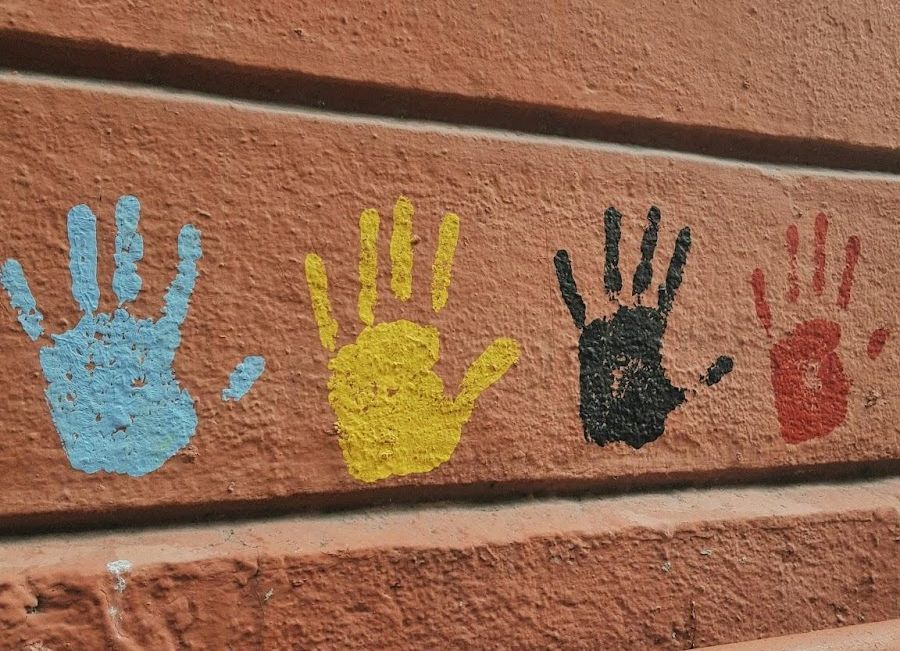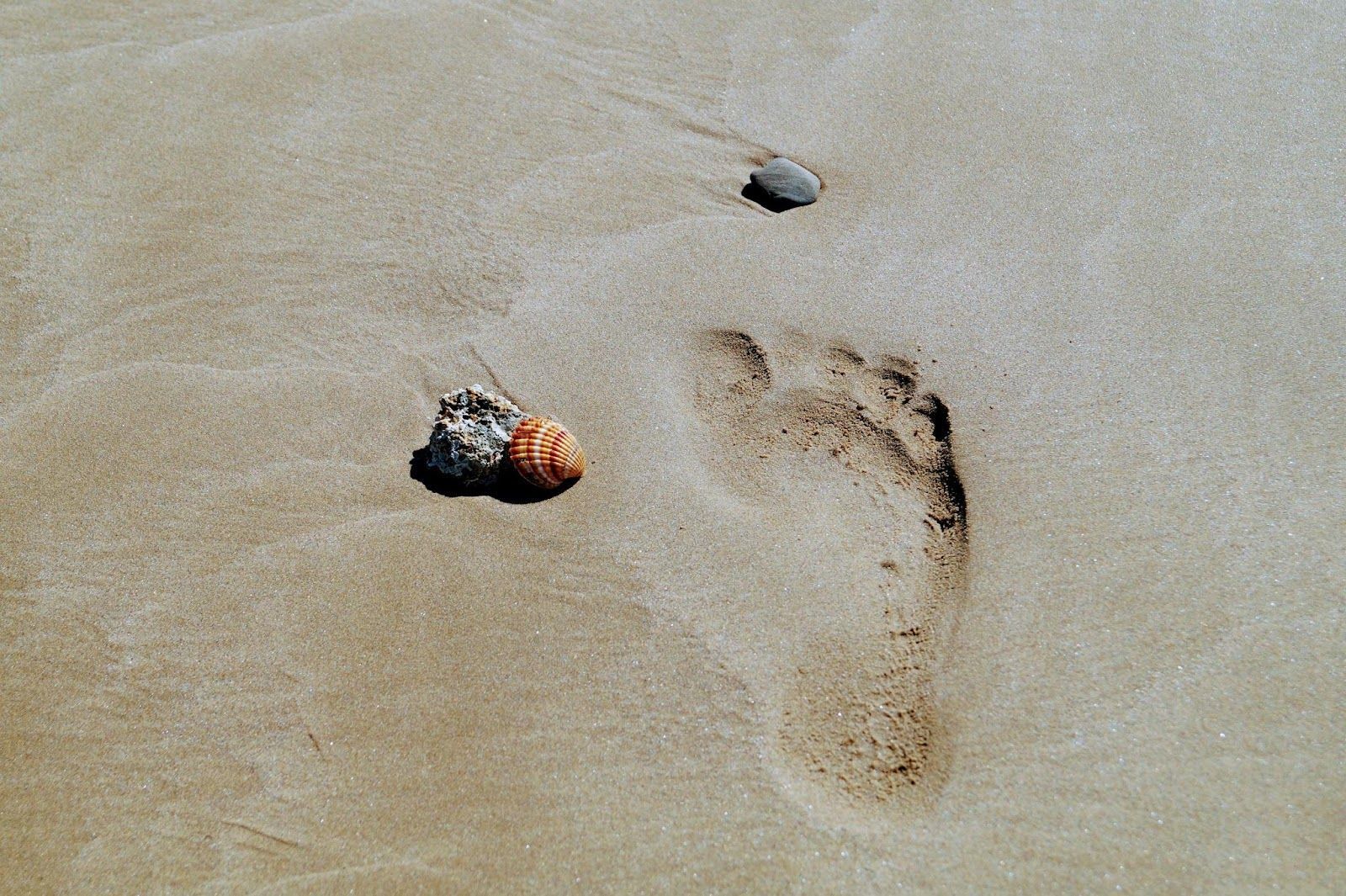Twisting your perception of time
How is this possible? These historical events occurred at the same time!
Published on October 15, 2025
 Credit: Icons8 Team
Credit: Icons8 Team
Did you know that Cleopatra, Egypt's most famous queen, lived closer to our time than to the construction of the powerful pyramids of Giza? When we map out different historical events on a timeline, we frequently discover that moments we thought were galaxies apart actually happened at the same time or were separated by far fewer years than we imagined. Join us as we put history into perspective! One thing's for sure: you're in for some surprises.
Cleopatra and us
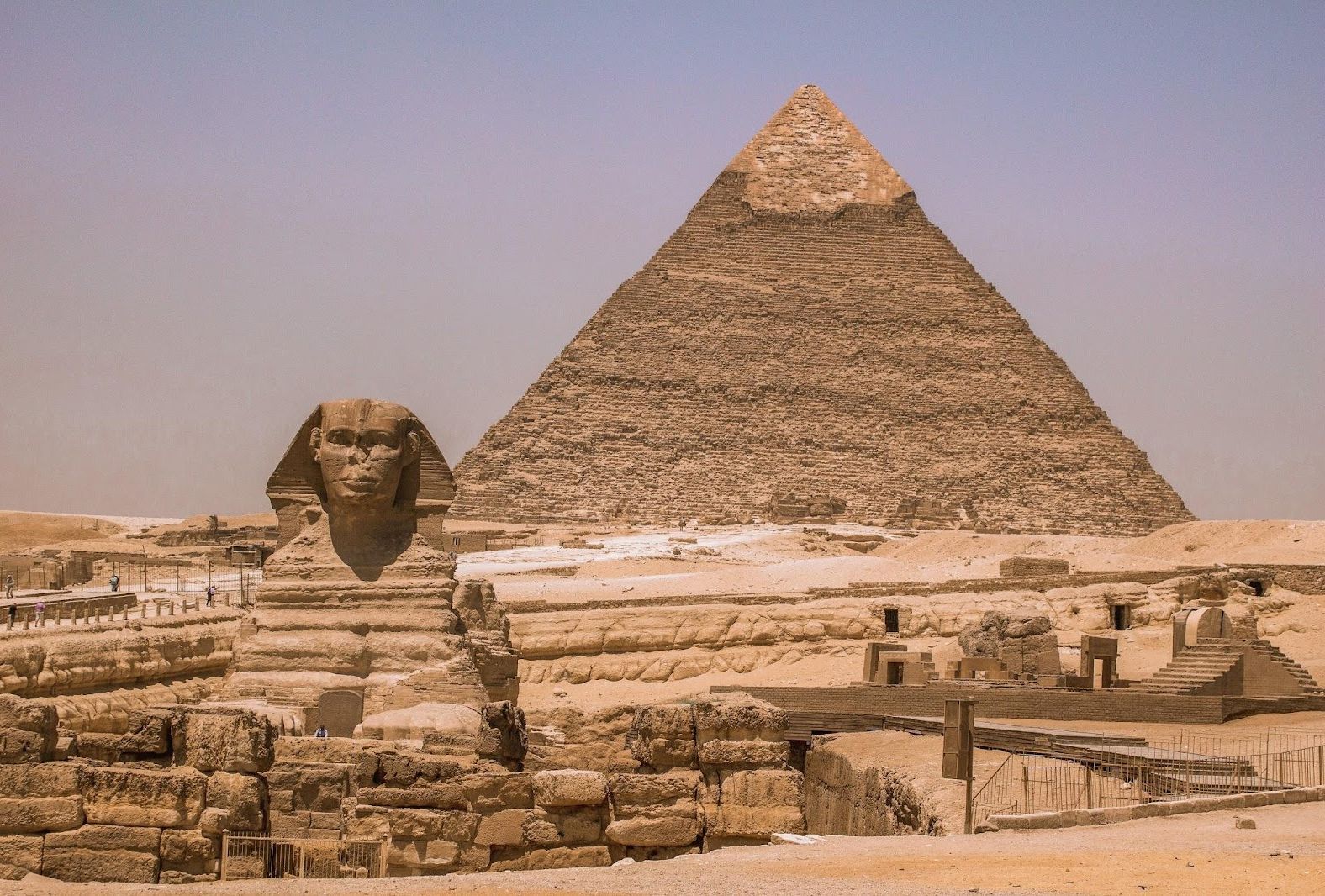 Credit: Alessandro Zanini
Credit: Alessandro Zanini
We often tend to associate the marvelous pyramids of Giza with Cleopatra VII. And it's easy to see why, as she's Egypt's most famous Queen. But here's the surprising truth: about 2,500 years separated the construction of the pyramids (2580–2560 BC) from Cleopatra's life (69–30 BC). That means that the Queen of the Nile was roughly 500 years closer to our own time than she was to the pyramid builders!
The fax machine and the American Civil War
 Credit: engin akyurt
Credit: engin akyurt
If you've worked in an office at any point over the past 35 years, chances are you've used or at least seen a fax machine. And while it might seem like a relatively recent invention, the truth is that the first fax machine was invented well before the American Civil War. That's right! In 1843, 18 years before the war broke out, Scottish inventor Alexander Bain created the first electromechanical facsimile machine, the ancestor of the modern fax.
Harvard University and the Salem trials
 Credit: Somesh Kesarla Suresh
Credit: Somesh Kesarla Suresh
The Salem witch trials are remembered as an infamous event from long ago. These trials took place mainly between 1692 and 1693, decades before the US even existed as a nation. Surprisingly, the prestigious Harvard University had already been founded 56 years earlier! And here's the most impressive part: both events occurred in what is now Massachusetts.
The Titanic and Oreo
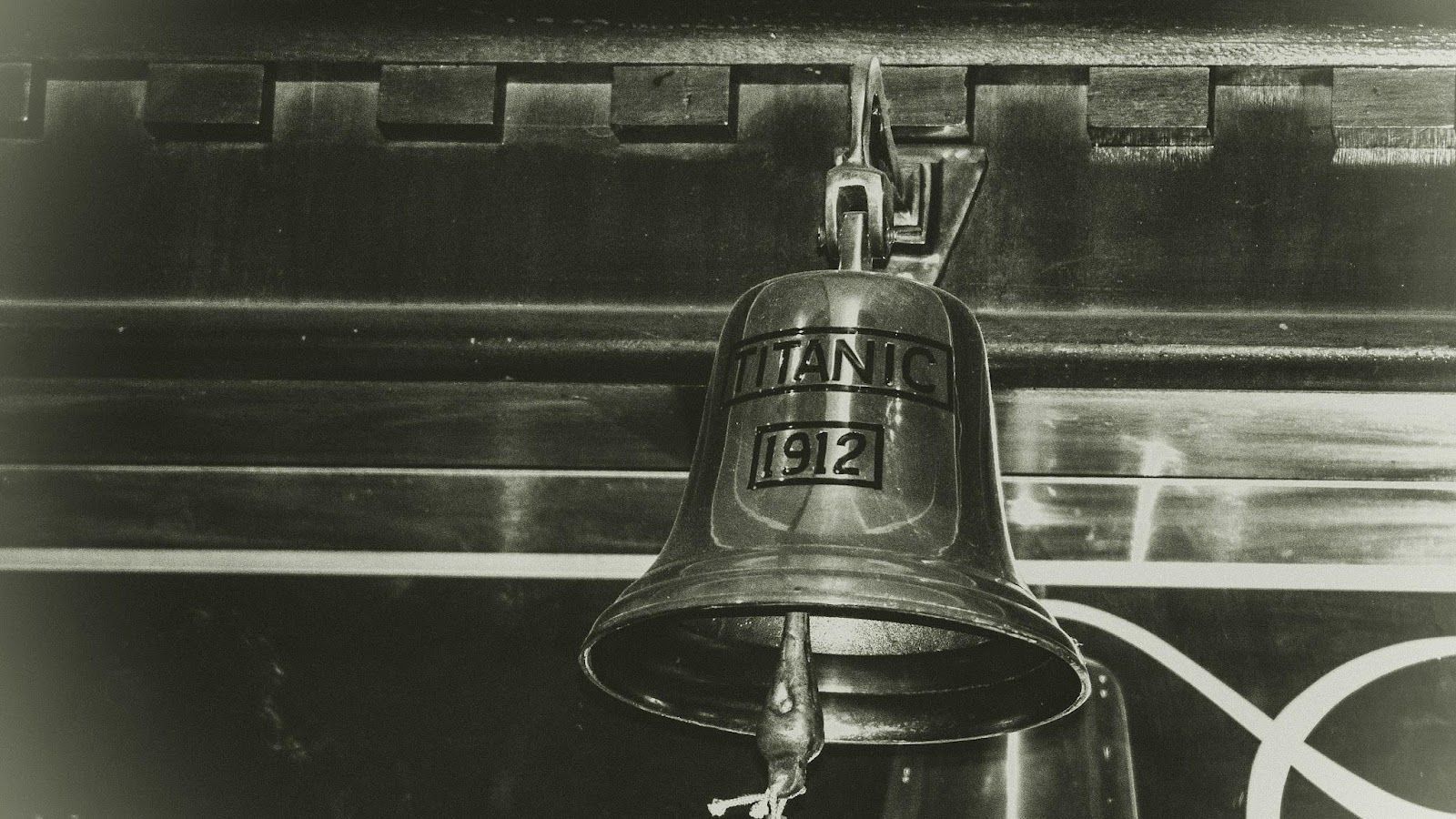 Credit: K. Mitch Hodge
Credit: K. Mitch Hodge
The sinking of the Titanic happened over a century ago. This tragic event, which captured the world's attention, occurred in 1912, but at the very same time, other events were also happening around the globe. Surprisingly, that same year also saw the debut of one of America’s most beloved cookies: the Oreo!
Queen Elizabeth II and Marilyn Monroe
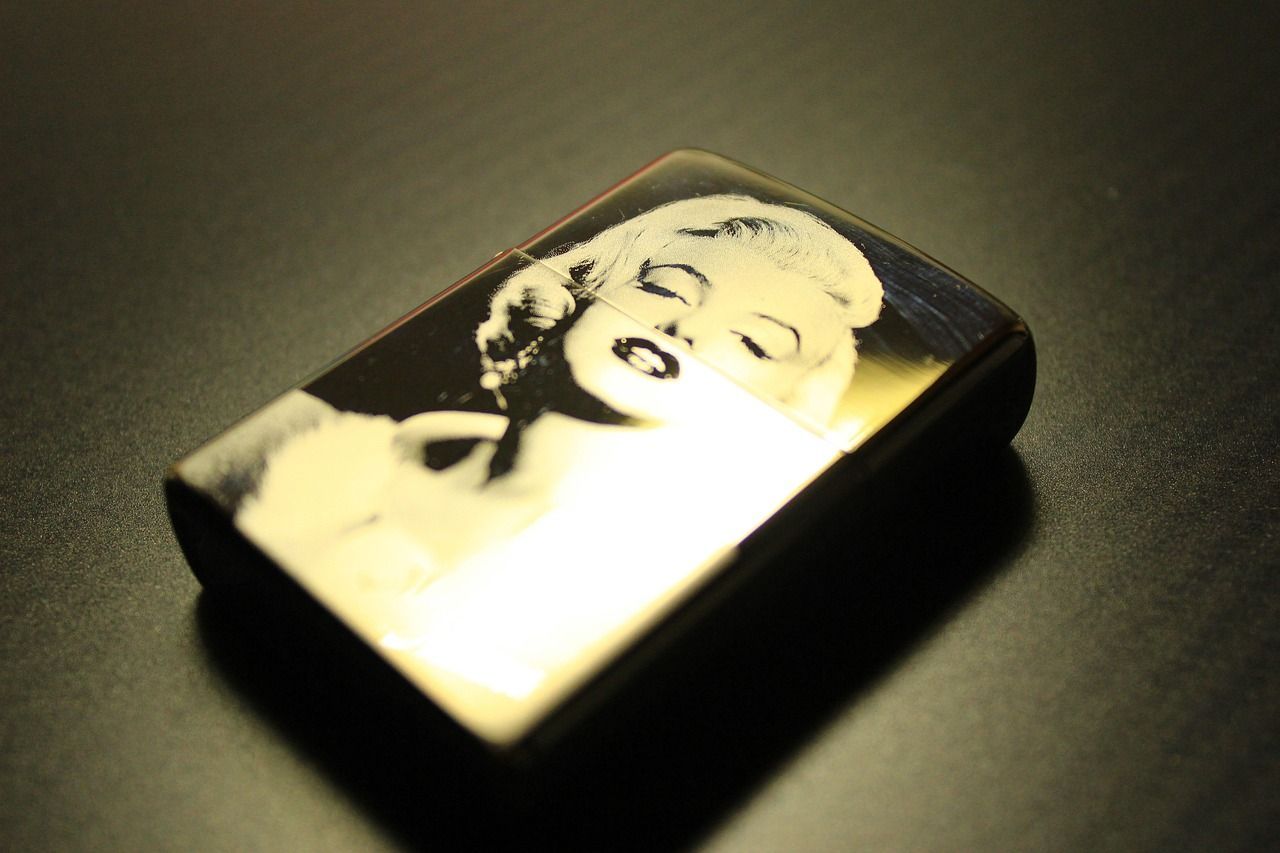 Credit: Nvdu
Credit: Nvdu
Did you know that the iconic Marilyn Monroe was born in the same year as Queen Elizabeth II? It might seem surprising, since popular imagination links these two women to very different eras. But it's true: Marilyn was born in June 1926, just two months after the future queen, who would go on to rule the UK for 70 years. They actually met once, at the Royal Film Performance held at the Empire Theatre in London on October 29, 1956. Queen Elizabeth II passed away in 2022, 60 years after the actress's death.
The Pyramids and woolly mammoths
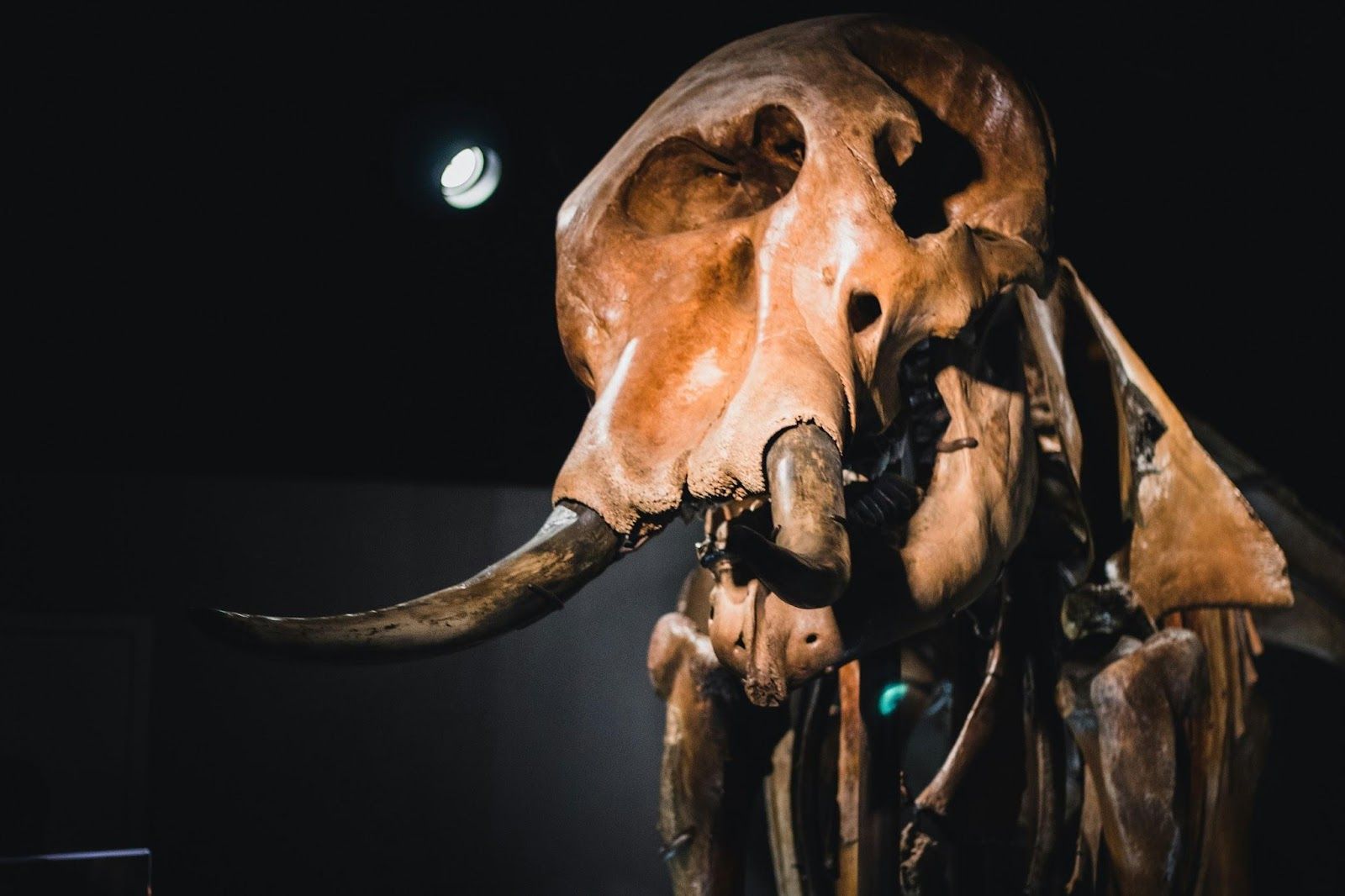 Credit: Sean Foster
Credit: Sean Foster
Pyramids take center stage again in this comparison. You probably link woolly mammoths with the Ice Age in the Northern Hemisphere, right? While that connection is accurate, it may surprise you to learn that some of these massive mammals were still roaming the Earth long after the Egyptian pyramids were built.
Samurai and the telephone
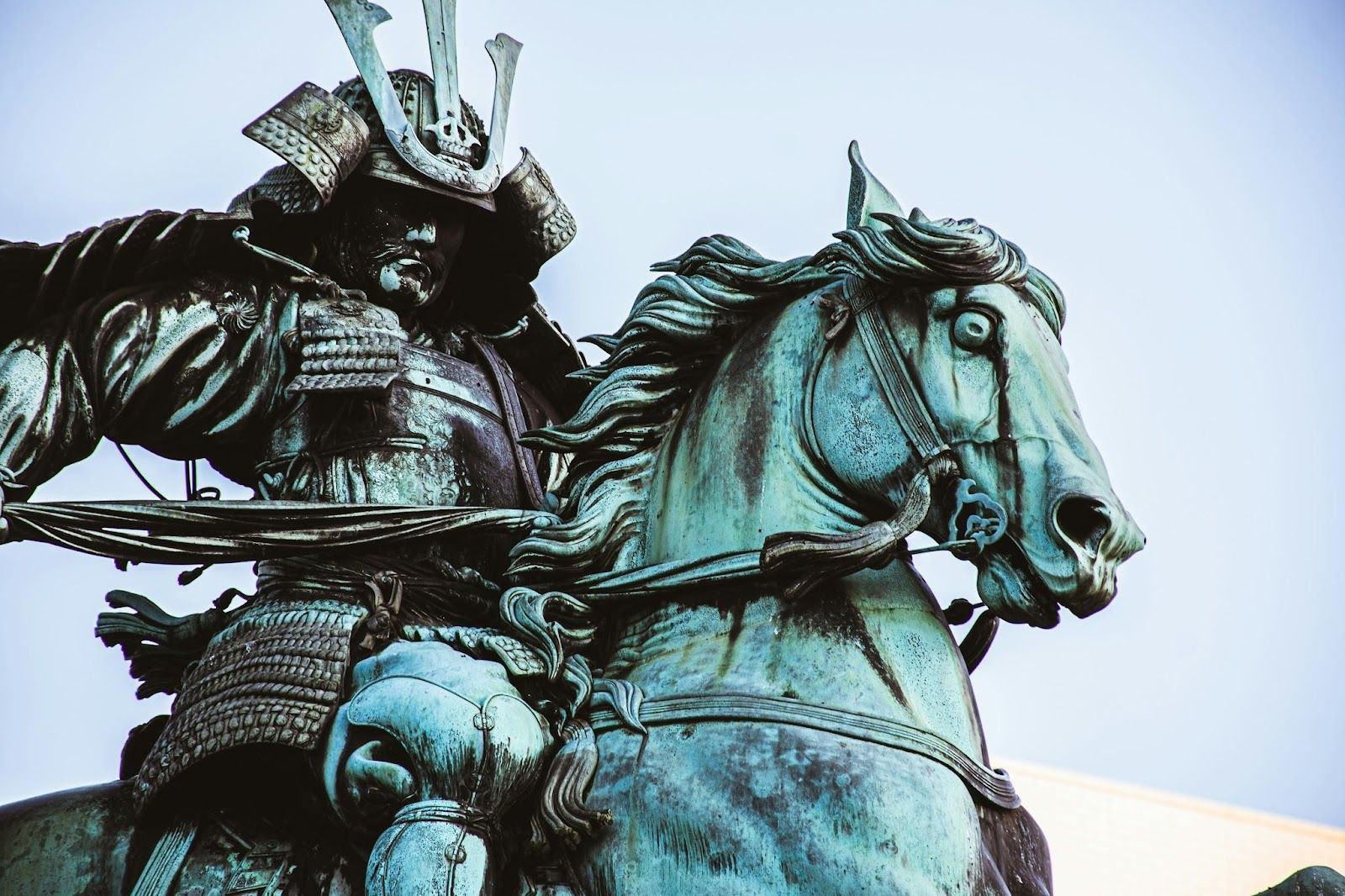 Credit: Ryunosuke Kikuno
Credit: Ryunosuke Kikuno
The Samurai were a privileged warrior class that inhabited pre-modern Japan, arising around the 12th century. Their influence lasted for centuries, which is why some samurai were still alive when Alexander Graham Bell made the first successful telephone call in 1876. It was precisely in that same year of the 19th century that marked the official abolition of the samurai class in Japan.
Oxford University and the Aztec Empire
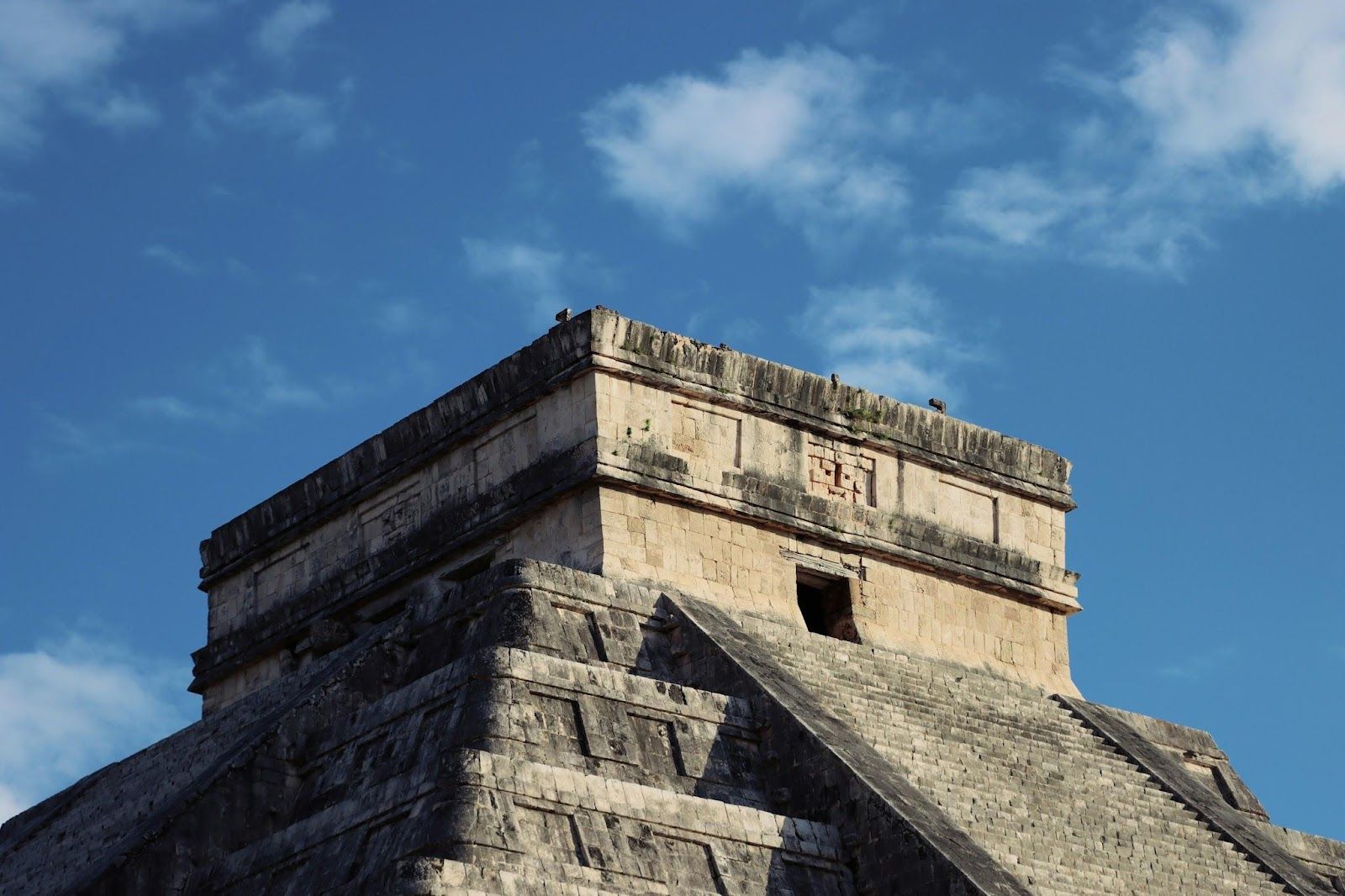 Credit: Luis Aceves
Credit: Luis Aceves
The Aztecs were a powerful civilization that primarily ruled what is now Mexico between the 14th and 16th centuries. Among its many achievements was the construction of Tenochtitlán, which began around the year 1325. But did you know that Oxford University was already teaching students nearly three centuries before the Aztecs began building their empire? While the exact dates are uncertain, scholars estimate that instruction at Oxford was already underway by 1096!
Machu Picchu and the Sistine Chapel
 Credit: SnapSaga
Credit: SnapSaga
When discussing ancient civilizations, we can’t forget the Incas, whose empire was centered in what is now Peru. The thing is, when the Incas were building the impressive structures of Machu Picchu around 1450, there were just over 30 years left before the incredible Sistine Chapel was completed on the other side of the world. Just three decades separate these two monumental and majestic human creations, built with very different technologies, tools, and techniques.
The Ottoman Empire and Disney
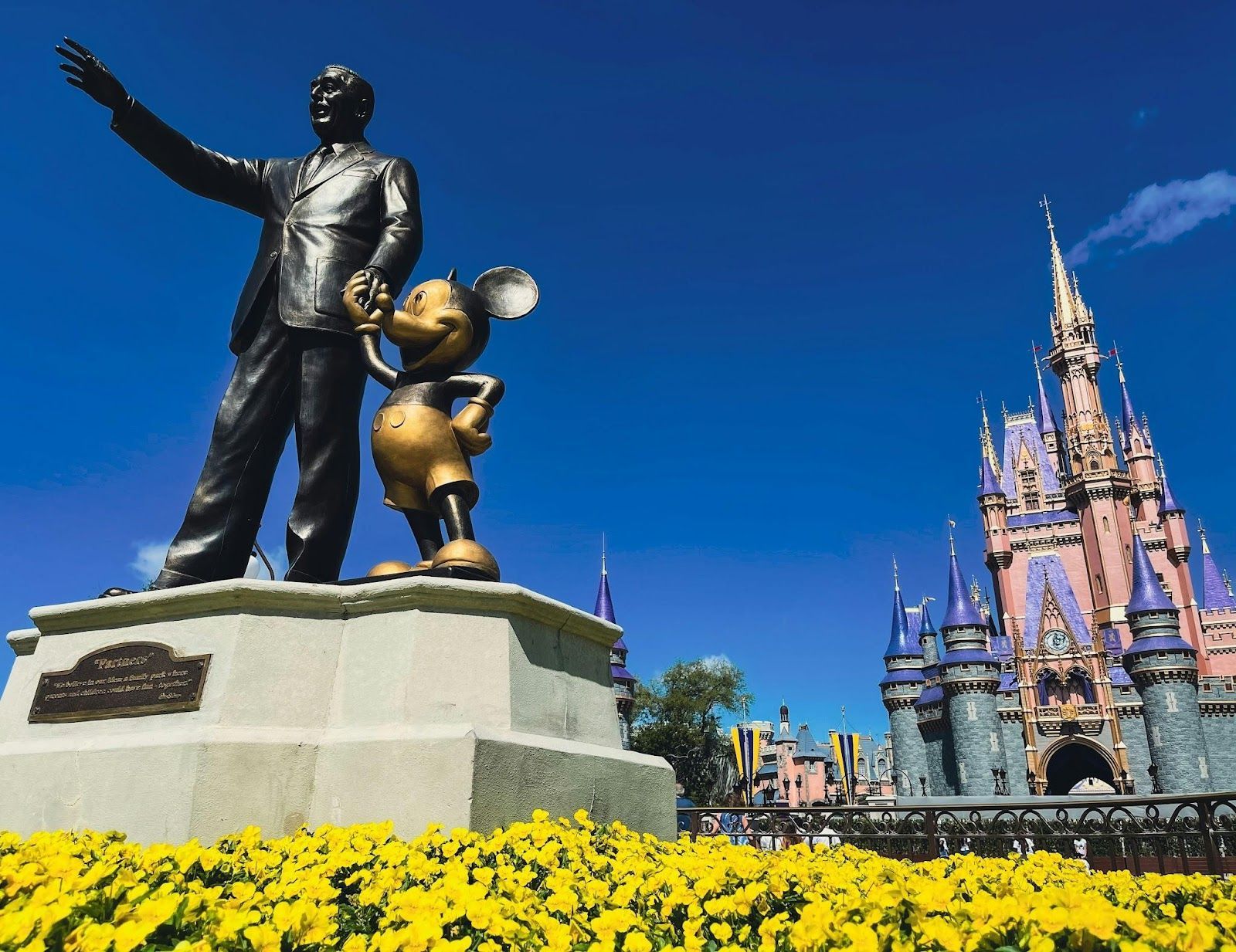 Credit: Jose Mizrahi
Credit: Jose Mizrahi
The Ottoman Empire was founded around 1299, an amazing seven centuries ago. That's why it feels so incredible that it still existed when Walt Disney was creating his first cartoons. Indeed, Disney released his first animated shorts, the Alice Comedies, in 1923, just a year after the Ottoman Empire was officially dissolved.
